BIG news: new book explores form and function with Bjarke Ingels
Formgiving. An Architectural Future History, a monograph dedicated to the Bjarke Ingels Group (BIG), published by Taschen, delves into the way the mind of the architect
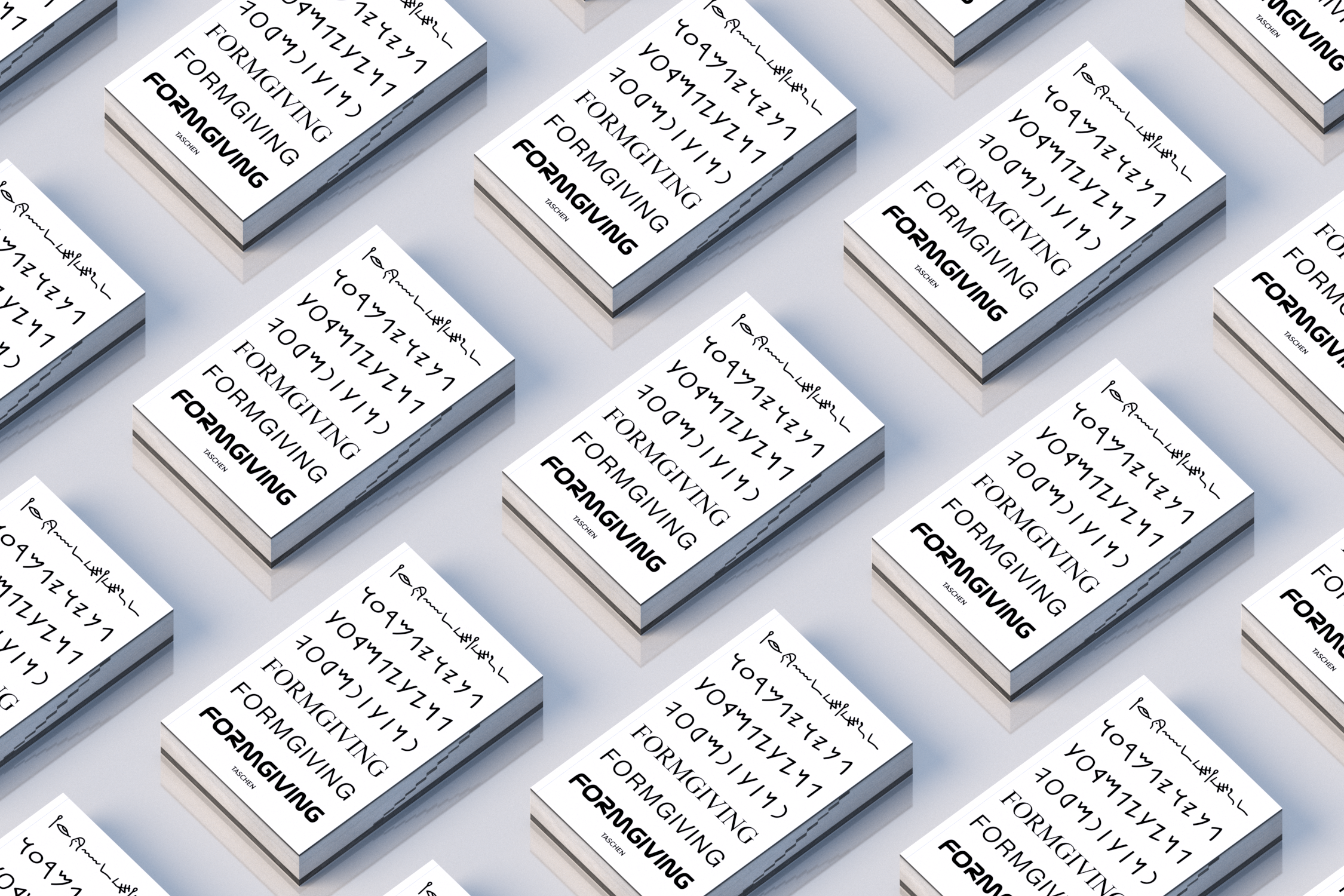
Bjarke Ingels is having one of his moments. On the eve of publication of the Bjarke Ingels Group’s new monograph, Formgiving. An Architectural Future History, the energetic Dane is doing the rounds promoting a book that conveys his firm’s deep streak of technological optimism. BIG’s talent for form-making is cut with a fondness for acronyms and neologisms; the firm exists within a bubble of its own making where every project is a self-contained futuristic utopia, capable of multiple functions within an iconic identity.
A parking garage doubles up as a cultural hub, a museum is also a bridge, an incinerator is an urban park, etc. etc. Formgiving brings together over 100 of these synthesizations, raising, defining and answering a few big questions along the way and continuing a hunger for publishing as way of building an image.
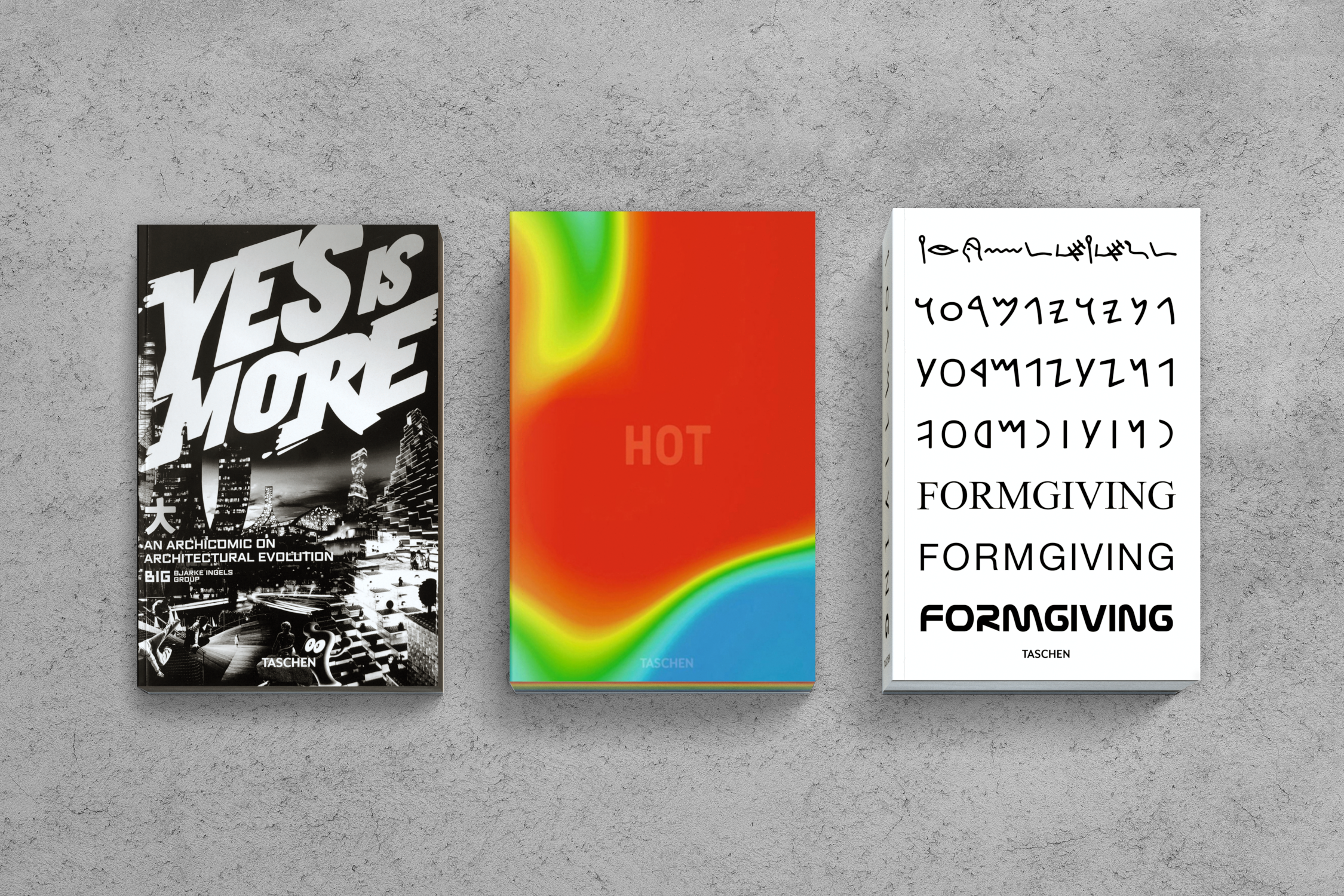
Within the book itself, built and unbuilt projects sit alongside each other, with each project conjuring up a narrative. These are usually along the lines of how BIG’s approach has exploited a hidden facet within the client’s brief to make the final design something more than what it might otherwise have been. Sometimes these aesthetic kinks writ large, like the ‘marble’ façade of the Collegiate Church Tower in Manhattan or the jumbled Jenga floorplans of Frankfurt’s Omniturm Tower or the playful pile of LEGO for the blockmaker’s Copenhagen community hub.
RELATED STORY
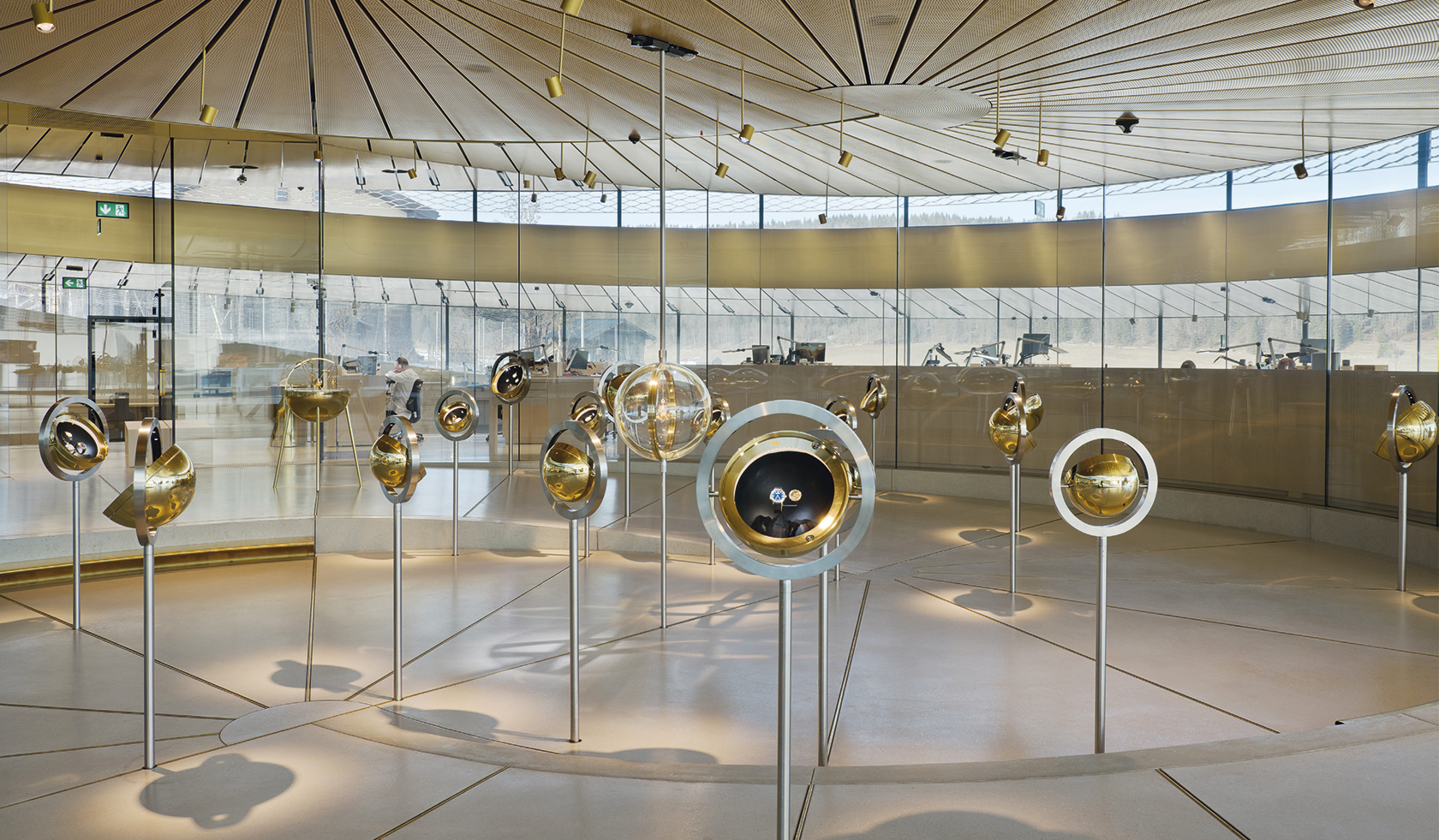
The typical Bjarke Ingels building subverts its genre, pushing our preconceptions of cookie cutter Modernism with an audacious twist or skew. The firm’s most successful works tend to be low-rise, the point at which landscape and architecture blend together. The remarkable Tirpitz Museum in Denmark splinters a WWII Nazi bunker into the dunes it once dominated, shining light into what was once a very dark corner of the country’s history.
The popularity of big gestures – as opposed to BIG gestures – waxes and wanes with the economic climate, and like many architects of the post-Koolhaas generation, the sophistication of BIG’s visuals often accelerates past such practicalities as detail or nuance. Bjarke Ingels and his team of over 500 architects continue to make a substantial mark on the world. Every now and again, something of the freewheeling spirit and audacity of Ingels’s early work shines through, especially in the projects that fuse landscape with infrastructure. The talents that appeal so much to ultra-short corporate attention spans work better when they’re given space to breathe.
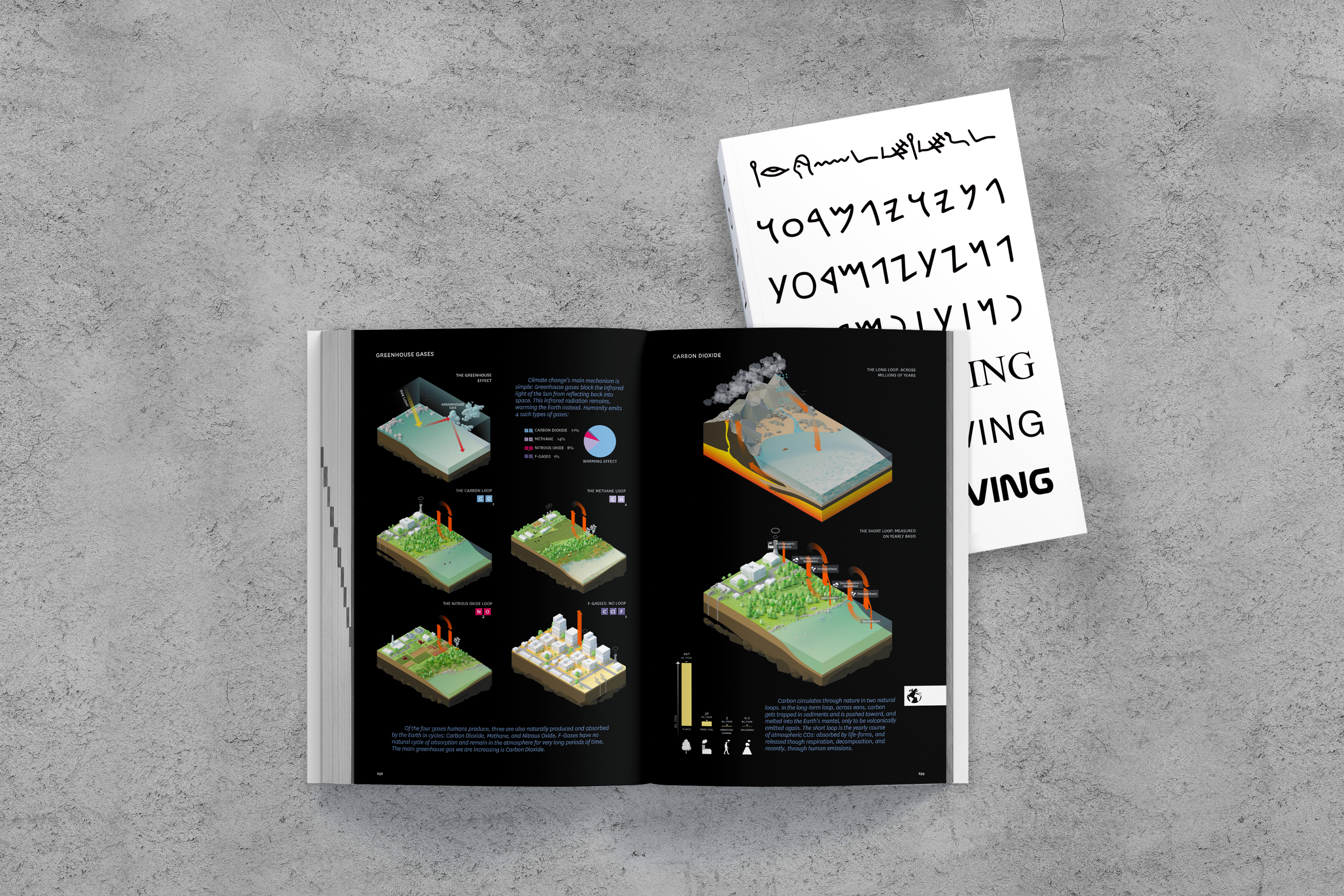

INFORMATION
BIG - Formgiving. An Architectural Future History, Taschen, £40
Wallpaper* Newsletter
Receive our daily digest of inspiration, escapism and design stories from around the world direct to your inbox.
Jonathan Bell has written for Wallpaper* magazine since 1999, covering everything from architecture and transport design to books, tech and graphic design. He is now the magazine’s Transport and Technology Editor. Jonathan has written and edited 15 books, including Concept Car Design, 21st Century House, and The New Modern House. He is also the host of Wallpaper’s first podcast.
-
 This new Vondom outdoor furniture is a breath of fresh air
This new Vondom outdoor furniture is a breath of fresh airDesigned by architect Jean-Marie Massaud, the ‘Pasadena’ collection takes elegance and comfort outdoors
By Simon Mills
-
 Eight designers to know from Rossana Orlandi Gallery’s Milan Design Week 2025 exhibition
Eight designers to know from Rossana Orlandi Gallery’s Milan Design Week 2025 exhibitionWallpaper’s highlights from the mega-exhibition at Rossana Orlandi Gallery include some of the most compelling names in design today
By Anna Solomon
-
 Nikos Koulis brings a cool wearability to high jewellery
Nikos Koulis brings a cool wearability to high jewelleryNikos Koulis experiments with unusual diamond cuts and modern materials in a new collection, ‘Wish’
By Hannah Silver
-
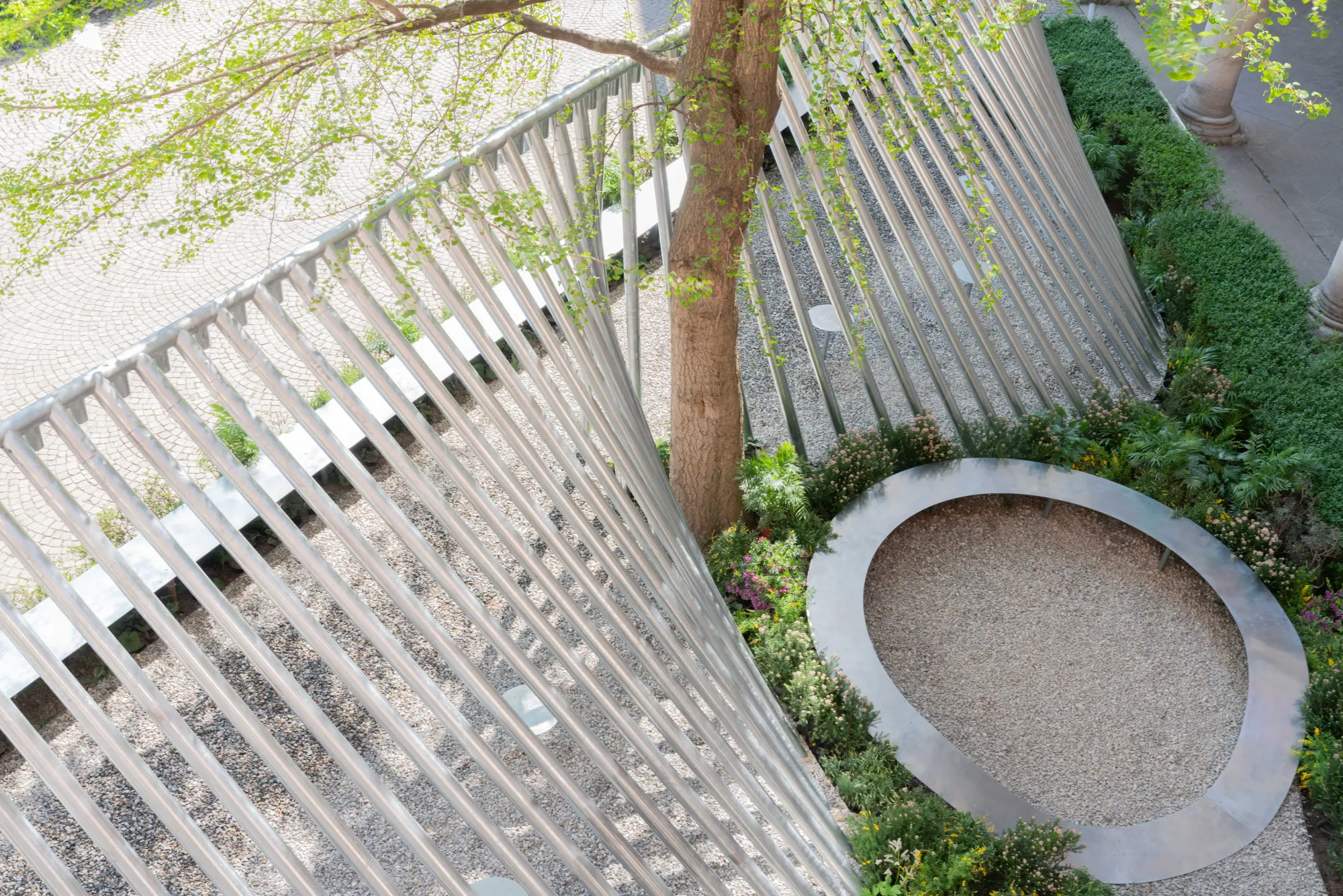 Milan Design Week: ‘A Beat of Water’ highlights the power of the precious natural resource
Milan Design Week: ‘A Beat of Water’ highlights the power of the precious natural resource‘A Beat of Water’ by BIG - Bjarke Ingels Group and Roca zooms in on water and its power – from natural element to valuable resource, touching on sustainability and consumption
By Ellie Stathaki
-
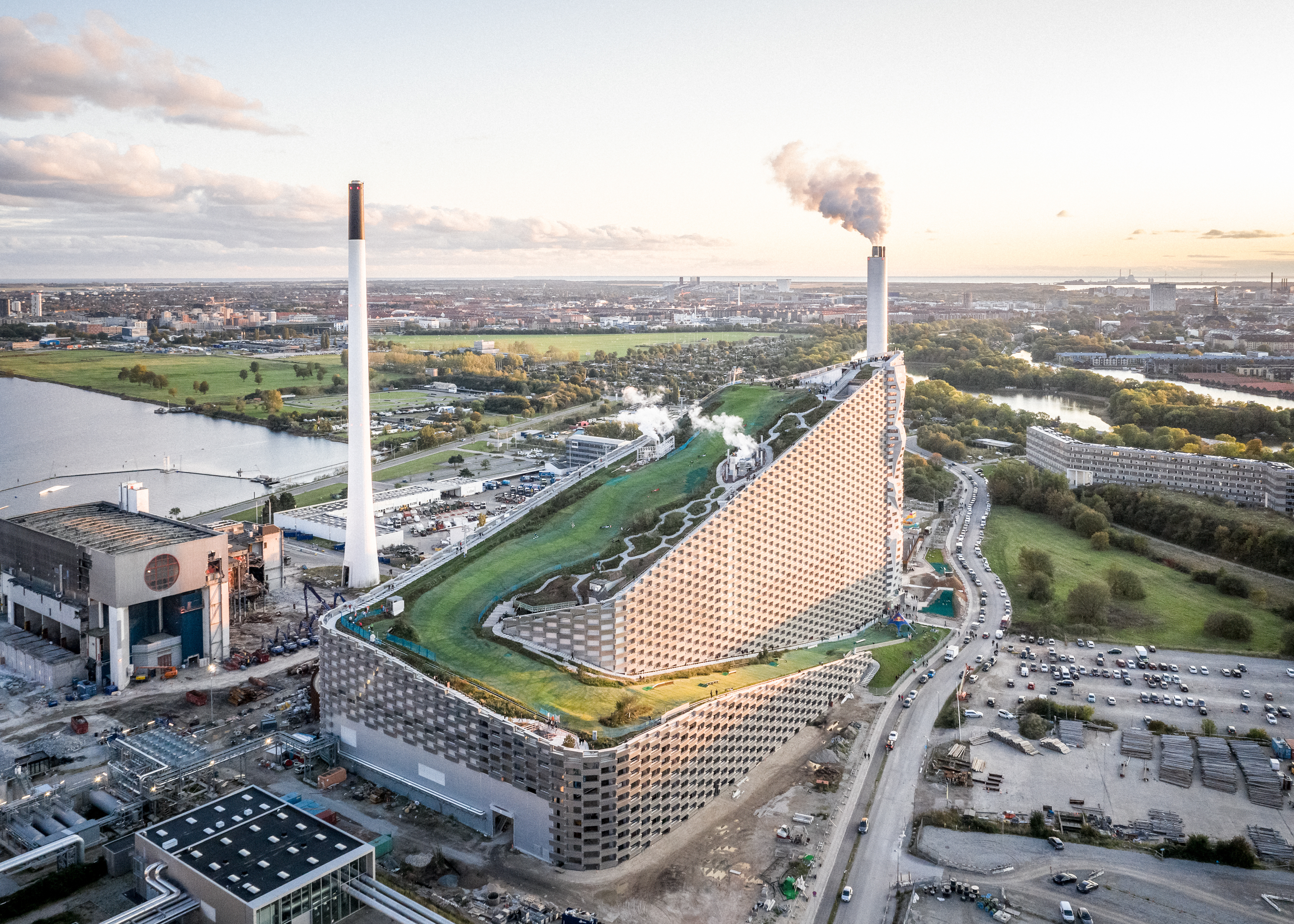 What is hedonistic sustainability? BIG's take on fun-injected sustainable architecture arrives in New York
What is hedonistic sustainability? BIG's take on fun-injected sustainable architecture arrives in New YorkA new project in New York proves that the 'seemingly contradictory' ideas of sustainable development and the pursuit of pleasure can, and indeed should, co-exist
By Emily Wright
-
 Ten contemporary homes that are pushing the boundaries of architecture
Ten contemporary homes that are pushing the boundaries of architectureA new book detailing 59 visually intriguing and technologically impressive contemporary houses shines a light on how architecture is evolving
By Anna Solomon
-
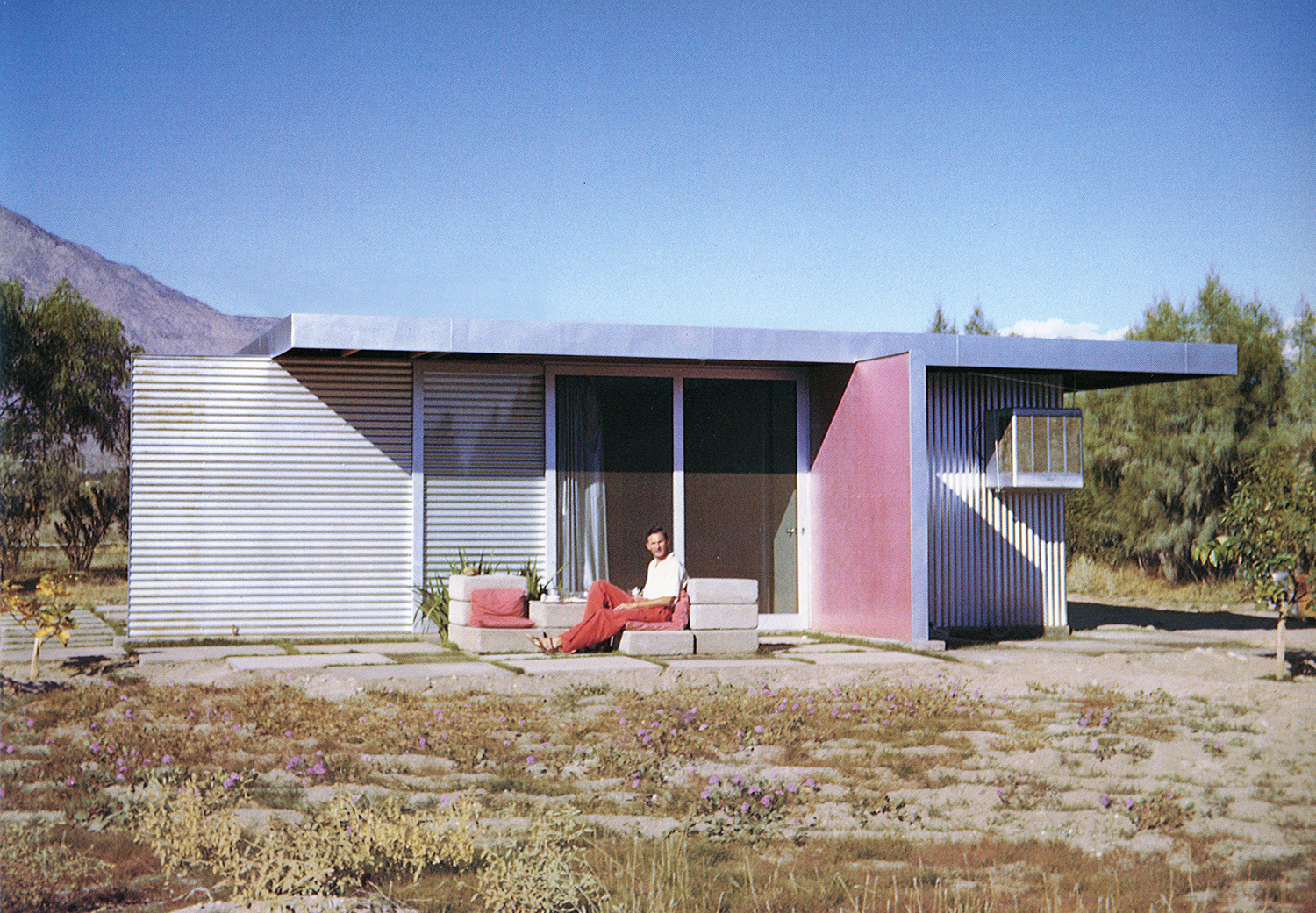 Take a deep dive into The Palm Springs School ahead of the region’s Modernism Week
Take a deep dive into The Palm Springs School ahead of the region’s Modernism WeekNew book ‘The Palm Springs School: Desert Modernism 1934-1975’ is the ultimate guide to exploring the midcentury gems of California, during Palm Springs Modernism Week 2025 and beyond
By Ellie Stathaki
-
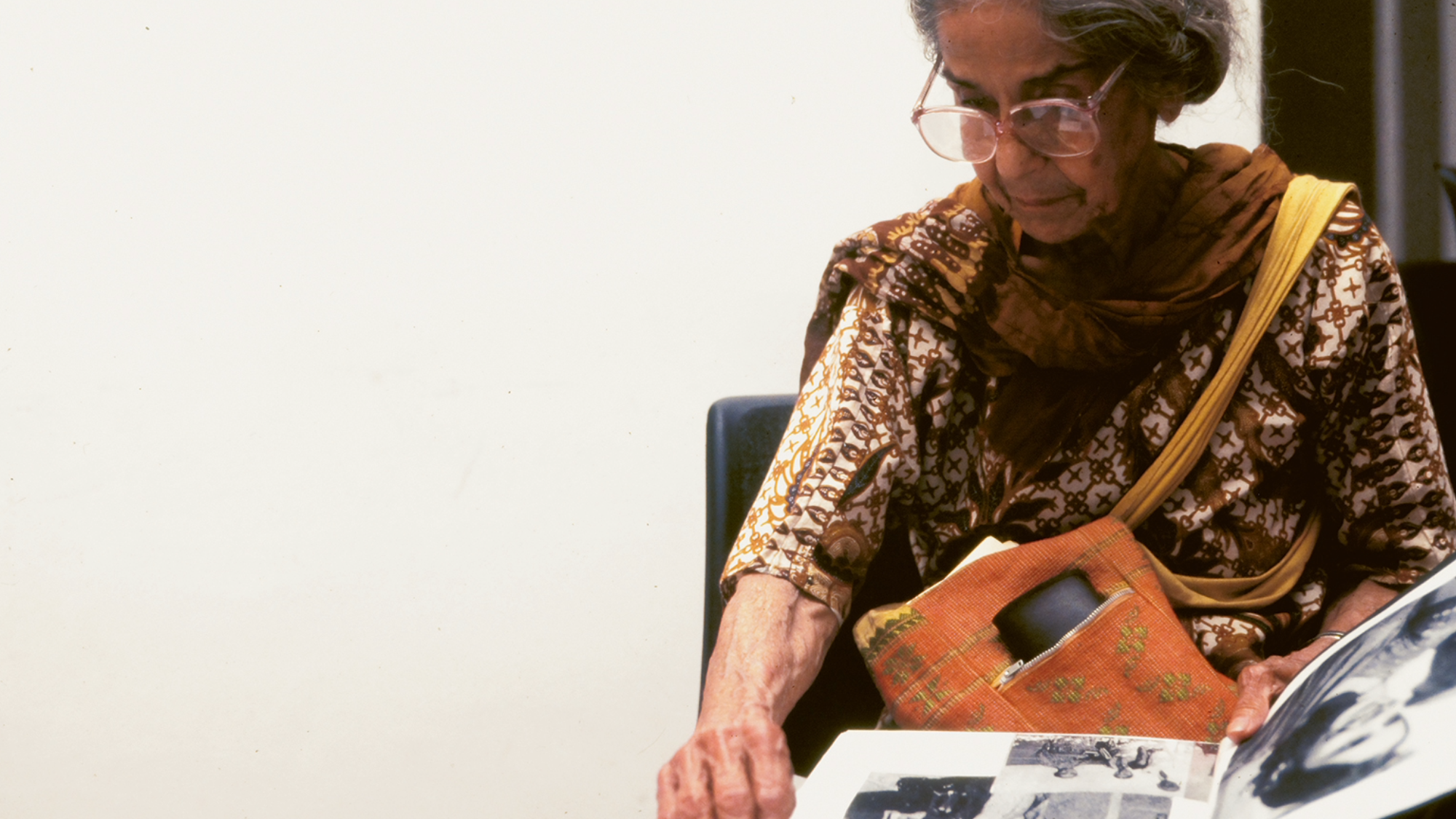 Meet Minnette de Silva, the trailblazing Sri Lankan modernist architect
Meet Minnette de Silva, the trailblazing Sri Lankan modernist architectSri Lankan architect Minnette de Silva is celebrated in a new book by author Anooradha Iyer Siddiq, who looks into the modernist's work at the intersection of ecology, heritage and craftsmanship
By Léa Teuscher
-
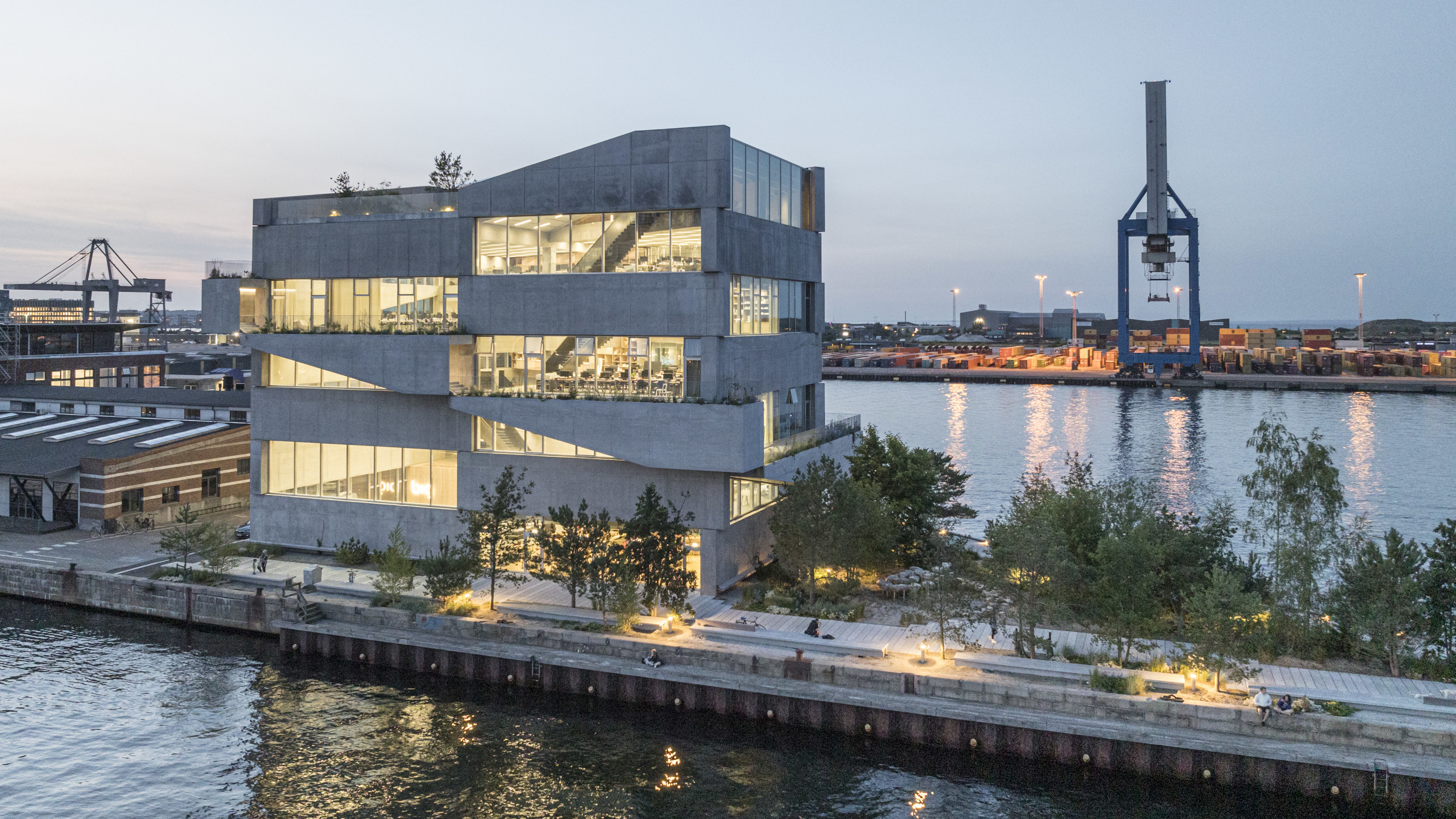 Denmark’s BIG has shaped itself the ultimate studio on the quayside in Copenhagen
Denmark’s BIG has shaped itself the ultimate studio on the quayside in CopenhagenBjarke Ingels’ studio BIG has practised what it preaches with a visually sophisticated, low-energy office with playful architectural touches
By Jonathan Bell
-
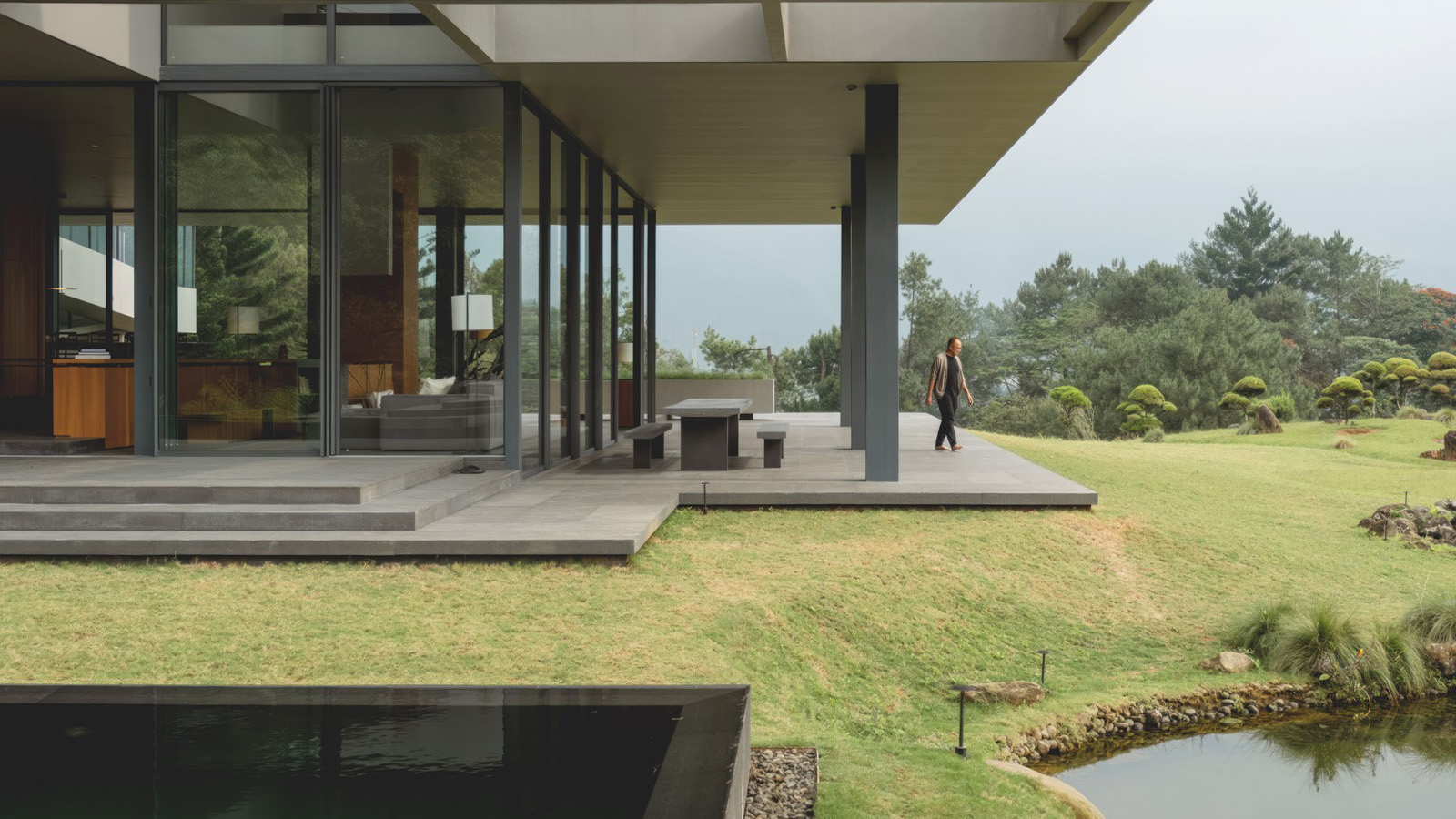 'Tropicality' explored in Indonesian architect Andra Matin’s first monograph
'Tropicality' explored in Indonesian architect Andra Matin’s first monograph'Tropicality' is a key theme in a new book on Indonesian architect Andra Matin, whose work blends landscape, architecture and living
By Harriet Thorpe
-
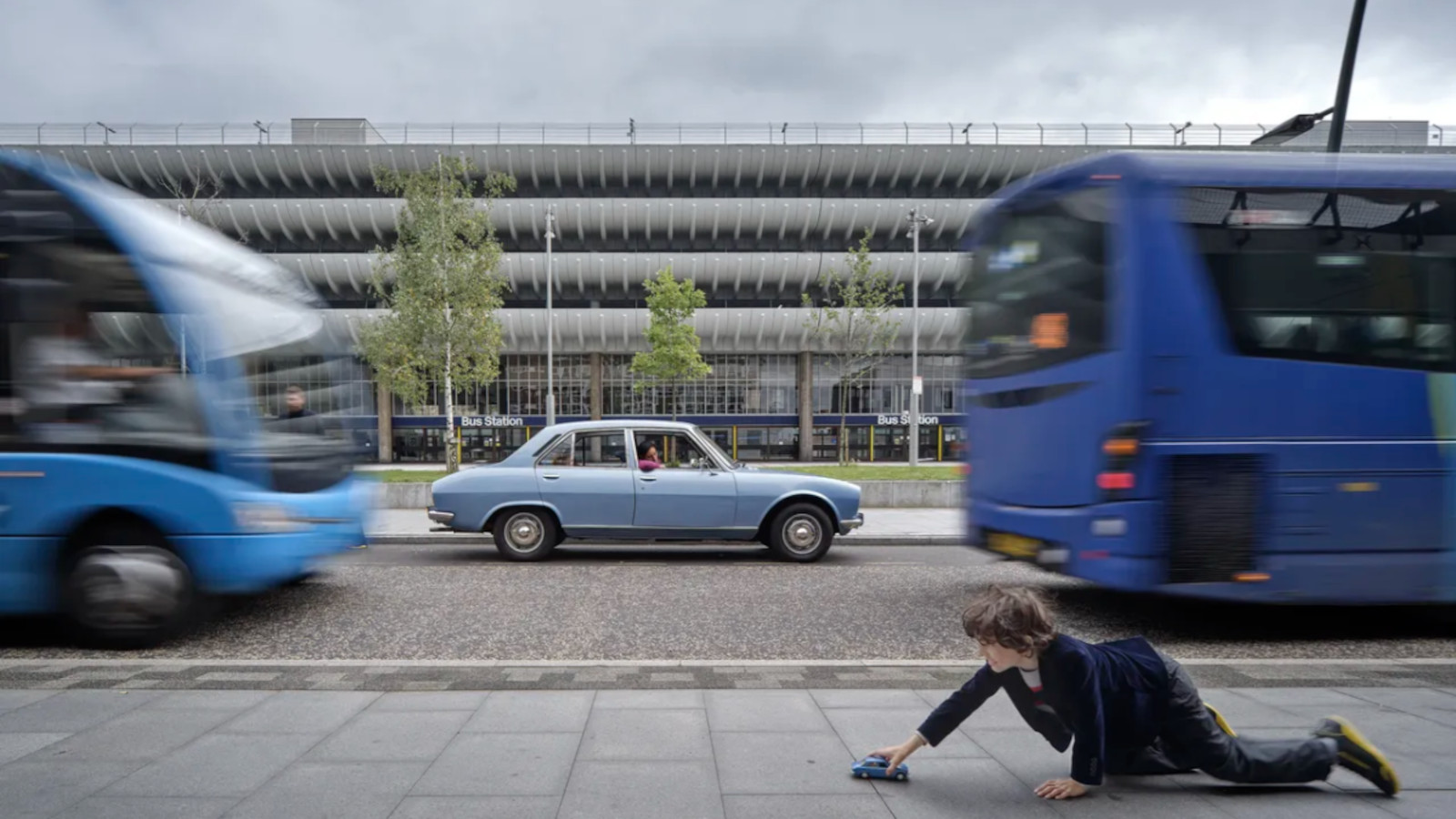 ‘A Time ⋅ A Place’ is a lovingly compiled photographic portrait of cars and architecture
‘A Time ⋅ A Place’ is a lovingly compiled photographic portrait of cars and architecture‘A Time ⋅ A Place’ is a celebration of the European Car of the Year and changing perceptions of modern design, pairing the best buildings of the age with their automotive contemporaries
By Jonathan Bell